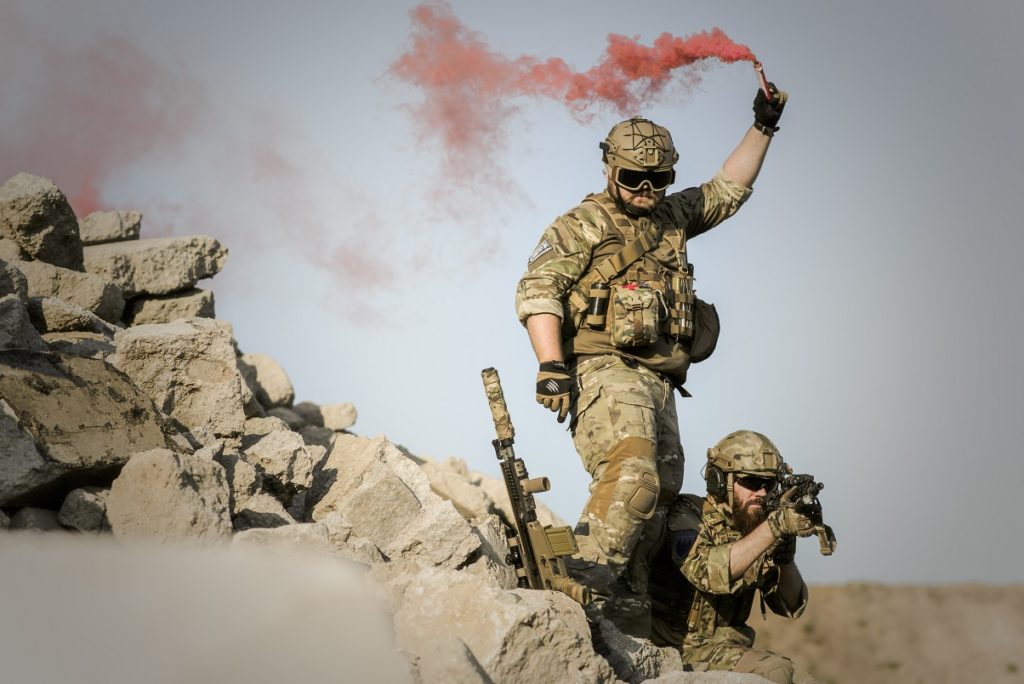
What is Level III Armor Ballistic Resistance Rating?
As a military, law enforcement, or security professional, you are likely familiar with the importance of body armor and ballistic resistance ratings. If you have ever heard of Level 3 Armor but are unsure what it means, this article is for you. Let’s explore the specifics of what Level 3 armor entails.
Level 3 armor is compliant with the National Institute of Justice’s (NIJ) standard 0101.06 for the ballistic resistance of body armor. It is designed to protect against handgun rounds up to .44 Magnum SJHP-type ammunition. This type of protection offers significantly more coverage than lower-level armor types such as Levels 1 and 2.
Level 3 armor is typically composed of two layers – an inner layer made from a soft material such as synthetic fibers and an outer layer made from a hard material such as steel or ceramic plates. This combination allows the inner layer to absorb most of the energy from a bullet while the outer layer prevents penetration. The combination also provides increased protection against bullets that might otherwise penetrate through an inner layer made out of a single material such as Kevlar or Dyneema.
The NIJ also categorizes body armor in terms of its “threat level” rating which indicates how much protection it offers against certain types of ammunition ranging from 9mm to .357Magnum rounds. Level 3 body armor can be classified as either Type IIIA or Type III depending on its ability to stop higher caliber rounds like .357SIG FMJ Flat Nose (FN) rounds. Type III body armor is rated to stop all ammunition up to and including .44 Magnum SJHP-type rounds while Type IIIA offers limited protection against these higher caliber rounds but still provides significant protection against lower caliber rounds like 9mm FMJ RN rounds.
It’s important to understand the differences between different levels and types of ballistic-resistant body armor when assessing your personal safety needs — especially if you are working in a dangerous environment like law enforcement, security, or military operations. Understanding what Level 3 Armor offers in terms of coverage and protection can help you make an informed decision about which type will be best suited for your specific situation.
For more articles, please click here.